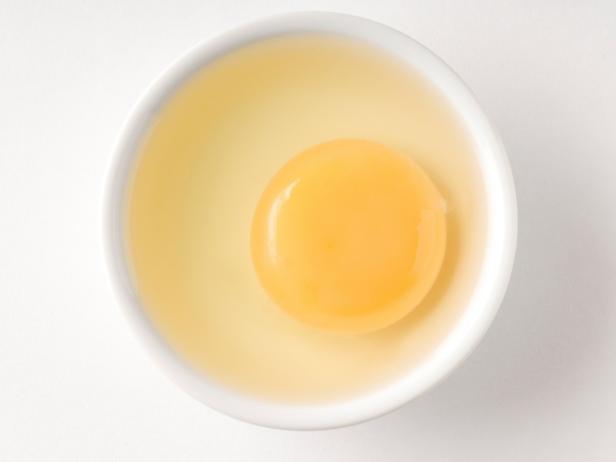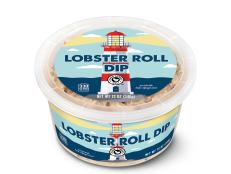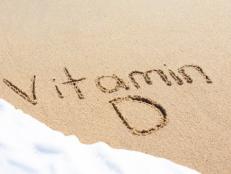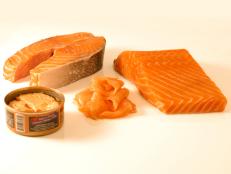Sneaky Ways to Get Vitamin D

teamtime, teamtime
During this overcast time of year, the sunshine vitamin isn’t so easy to get. Adults need 600 international units (IU) of vitamin D daily. But many Americans (specifically, 3 percent of non-Hispanic whites, 12 percent of Mexican-Americans and 31 percent of non-Hispanic blacks) aren’t getting enough, according to a report by the U.S. Centers for Disease Control and Prevention.
Vitamin D is important for muscle and bone strength, immunity and more — and come July 2018, a food’s vitamin D content will be listed on its label. Until then, this handy guide to food sources will help you get your daily requirement.

lnmark/Thinkstock
1 egg (41 IU): Earlier this year, the new 2015-2020 Dietary Guidelines for Americans gave us clearance to eat the whole egg, waving away concerns that the cholesterol in the yolk affects blood levels of cholesterol. So it’s good news that an egg’s vitamin D is in the yolk: A large egg contains about 7 percent of your daily need.

1 cup cremini mushrooms (3 IU): This amount will increase a lot, to 1,110 IU, when the mushrooms are grown while exposed to ultraviolet rays. UV-grown shrooms are usually listed as such on the label.

1 cup 1% fat fortified milk (98 IU): Most U.S. milk is fortified with both vitamin A and vitamin D — and a cup of the 1% fat version offers about 16 percent of your daily need. If you prefer orange juice, a fortified cup offers a tiny bit more (100 IU). Most of the food-based vitamin D in Americans’ diet comes from fortified foods.
6 ounces fortified yogurt (80 IU): This amount of yogurt offers about 13 percent of your daily need. Like milk, some but not all yogurt is fortified with vitamin D. You’re more likely to find fortified regular yogurt than fortified Greek yogurt.

3 ounces cooked farmed salmon (447 IU): Vitamin D is a fat-soluble vitamin, meaning it’s stored in your body’s fat tissues. So it makes sense that oily (aka fatty) fish delivers vitamin D. Three ounces of cooked farmed salmon offers about three-quarters of your daily need.
If you ate everything listed here in one day, you’d take in 669 IU of vitamin D, slightly more than your daily need.
Related Links:
Ask a Dietitian: Does It Matter How Much You Chew Your Food?
Buy This, Not That: How to Make Better Choices at the Supermarket
Should You Be Drinking Vinegar?
Time for Turmeric: Spice Things Up with This Antioxidant-Rich Spice
































